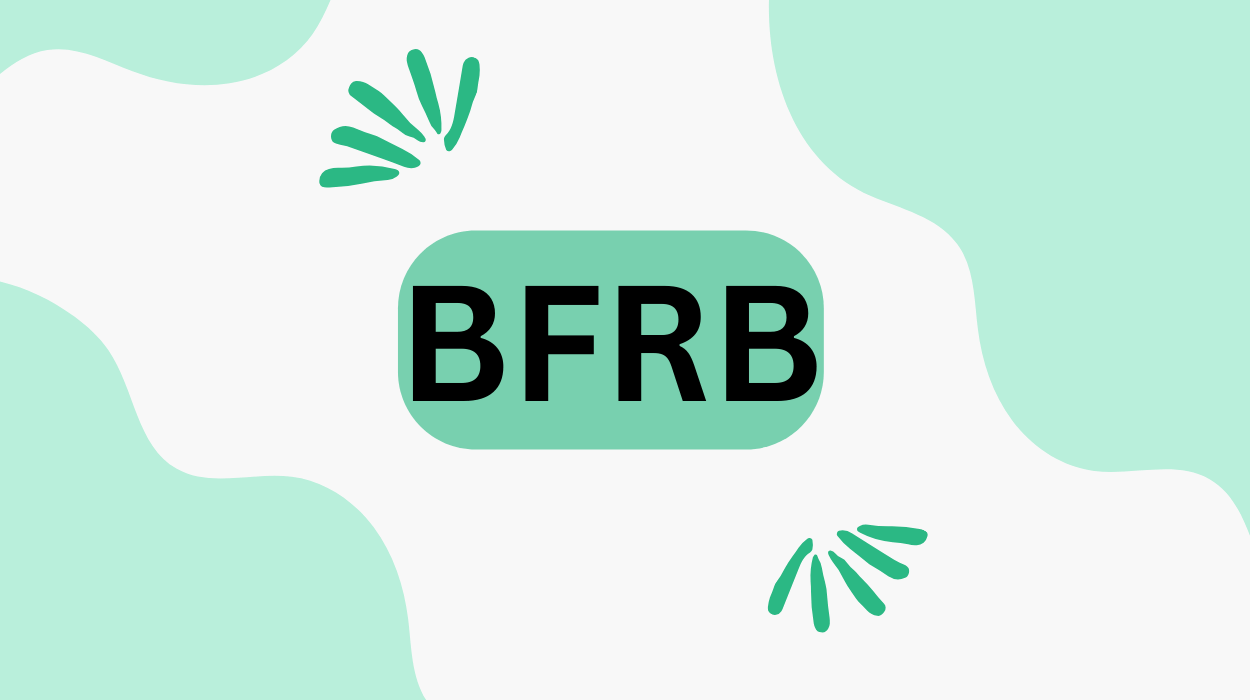

Body-focused repetitive behaviors (BFRBs) involve actions such as skin-picking, nail-biting, and hair-pulling. These behaviors present challenges that could significantly impact a person’s daily life.
BFRBs are often challenging to control and may lead to emotional distress and physical harm. They are commonly associated with anxiety and mood disorders, further complicating the management of these conditions.
People with BFRBs may engage in impulsive or compulsive behaviors, using tools like tweezers, clippers, pins, or needles, which may damage the skin, nails, and hair. These disorders could revolve around self-grooming practices.
Understanding the nature of BFRBs and implementing appropriate interventions might help people regain control over these challenging behaviors and enhance their quality of life.
People with body-focused repetitive behaviors (BFRBs) may engage in various actions, including:
These behaviors could occur consciously or unconsciously, making it challenging for people to control or stop them. They mainly happen when engaged in other activities like watching television or browsing online.
Although people with BFRBs do not intend to harm themselves, the repetitive nature of these behaviors could lead to skin damage, bald patches, and nail problems, causing embarrassment, shame, and frustration.

Recognizing what prompts Body-focused repetitive behaviors (BFRBs) may help people take control and implement strategies to mitigate their impact.
Common triggers for BFRBs include:
Identifying these triggers may allow people to develop personalized strategies to address them.
Social help is critical in managing BFRBs. It may provide encouragement, understanding, and a sense of belonging. Connecting with others experiencing similar challenges may reduce feelings of isolation and stigma commonly associated with BFRBs.
Below is a table highlighting the key benefits of increasing social support:
| Benefits of Social Support | Explanation | Examples |
|---|---|---|
| Emotional Support | Receive empathy and comfort | Talking with a friend about struggles |
| Accountability | Encouragement to stay on track | Setting goals with a support partner |
| Information Sharing | Learning new coping strategies | Attending support group meetings |
| Reduced Isolation | Feeling connected and understood | Participating in online forums |
Distraction techniques may help people shift their focus from harmful behaviors like skin-picking, nail-biting, or hair-pulling.
Here are some practical tips to consider:
However, people should work closely with their psychiatrist to determine a suitable medication based on their specific symptoms and any existing mental health conditions.
CBT is a goal-oriented and structured therapy that intends to recognize and modify negative thought patterns and behaviors contributing to BFRBs. People may manage and reduce these behaviors by fostering awareness and developing coping strategies.
Several types of CBT approaches tailored for BFRBs include:
| CBT Approach | Description | Benefits |
|---|---|---|
| Habit Reversal Training (HRT) | It helps identify triggers and teaches alternative responses to BFRBs | Enhances self-awareness |
| Comprehensive Behavioral Therapy | Focuses on understanding the root causes and contexts of BFRBs | Addresses underlying factors |
| Dialectical Behavior Therapy (DBT) | Utilizes mindfulness techniques to regulate emotions and manage urges | Promotes emotional regulation |
| Acceptance and Commitment Therapy (ACT) | Encourages acceptance of urges while aligning actions with personal values | Cultivates mindfulness and values-driven behavior |
Monitoring your progress is vital to managing body-focused repetitive behaviors (BFRBs). Tracking your triggers and progress in a notebook or diary may offer valuable insight into your behavioral patterns.
Keeping a record could be a source of positive reinforcement, acknowledging even minor improvement steps. It is essential to recognize that breaking BFRBs, like any habit, takes time and persistence.
Progress is often gradual, and setbacks may occur along the way. Remember to view setbacks as temporary obstacles that can be overcome with determination.
Impulsive BFRBs happen outside of conscious awareness and could be brief but repetitive. People may engage in these behaviors without realizing it, making it challenging to control or stop them.
Impulsive BFRBs can manifest in various situations, such as watching TV, driving, or working on the computer, highlighting their automatic and involuntary nature.
Compulsive BFRB episodes often occur during high-stress periods, leading to potentially serious damage to skin, nails, and hair due to the extended duration of the behavior.
These compulsive behaviors may have significant consequences and impact a person’s mental and physical well-being.
Key points to consider regarding compulsive BFRBs include:
When integrated into management plans, Acceptance and Commitment Therapy (ACT) may offer unique strategies to assist people in managing BFRBs effectively.
The prevalence of body-focused repetitive behaviors (BFRBs) could affect up to 60% of the population. These BFRBs typically begin in late childhood or teenage years.
The behaviors can persist into adulthood, with females more likely to be affected than males. Moreover, BFRBs often co-occur with anxiety and mood disorders, compounding the challenges faced by people dealing with these behaviors.
| How Common Are BFRBs? |
|---|
| Up to 60% of the population may experience BFRBs |
| BFRBs typically start in late childhood or teens |
| Females are more affected by BFRBs in adulthood |
Body-Focused Repetitive Behaviors (BFRBs) present a significant challenge for some people. They are often tied to anxiety and mood disorders.
Therapeutic modalities such as Habit Reversal Therapy (HRT) and Acceptance and Commitment Therapy (ACT) offer effective strategies for managing these compulsions.
Other methods like increasing social support, using blocking behaviors, and reducing underlying anxiety and depression may complement therapeutic interventions in managing BFRBs.
Creating environments that minimize triggers and stressors and engaging in relaxation techniques during periods of boredom or stress helps people reduce the frequency and intensity of impulsive behaviors.
Tyler Read earned an undergraduate academic degree from Sonoma State University, California and is a certified personal trainer (CPT) with NASM (National Academy of Sports Medicine). With over 16 years of experience, Tyler has trained clients both online and in-person.
He is passionate about helping others turn their love for fitness into a career. Tyler has worked with many local and commercial gyms before establishing his successful private personal training business, which he continues to operate.
